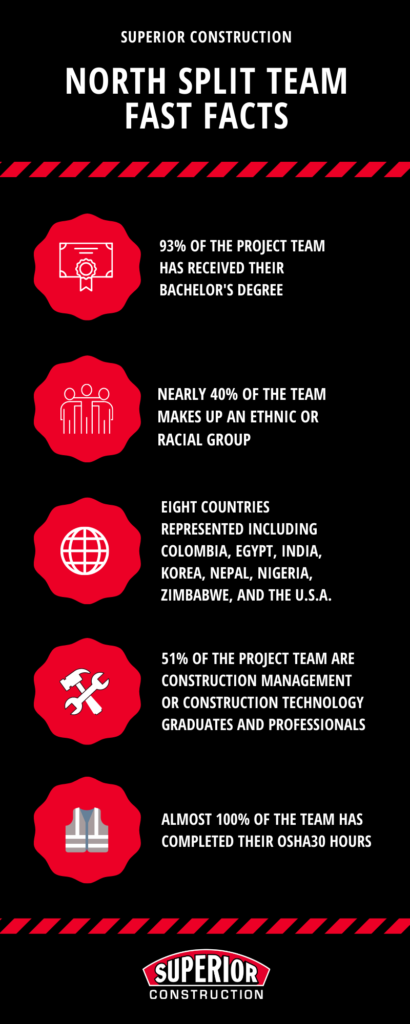HEALTH HAZARDS
Along with quartz (crystalline silica), dry concrete contains calcium oxide. When it’s dry, calcium oxide can potentially cause respiratory irritation. The more serious hazard is when you add water to the concrete mix. When water mixes with calcium oxide, it forms calcium hydroxide, which is extremely alkaline (caustic) with a pH of 12 to 13.
Skin contact with calcium hydroxide can result in red, irritated or blistered skin. Calcium hydroxide contact can cause second- or third-degree burns that can form slowly over hours or days. Wet concrete is also hygroscopic, drawing water away from anything that holds moisture, including wet clothing or skin.
If your skin or eyes have been exposed to wet concrete, you need to take immediate action to reduce the severity of the injury:
- Immediately wash the exposed area with clean water for approximately 20 minutes. Add vinegar to the water to help neutralize the alkalinity. Never use a water/vinegar solution to rinse the eyes.
- Flush eyes with clean water and get immediate medical attention.
- Remove and replace any wet PPE or clothing.
- Wash all exposed skin areas, even if you are not aware of contact. Concrete burns can take hours to form.
- Seek professional medical attention immediately and provide the medical personnel with the product Safety Data Sheet (SDS).
PERSONAL PROTECTIVE EQUIPMENT
You must wear PPE to protect the skin and eyes from contact with concrete containing calcium hydroxide.
- Safety glasses –create a barrier between your eyes and wet concrete with appropriate eye protection.
- Chemical-resistant gloves – protect the hands with PVC, nitrile or neoprene gloves.
- Rubber boots – prevent contact with the feet, ankles and calves. Take additional measures to prevent concrete from entering over the top of the boots.
- Knee pads or boards – knees and lower extremities are susceptible to concrete exposure during finishing activities. Wear knee pads or use knee boards to prevent contact.
DO NOT DELAY in getting medical treatment if your skin is exposed to wet concrete. Delaying treatment can mean the difference between a mild burn and a severe injury.
Download a printable PDF and recording form here.
Members can download the audio version of this toolbox talk here.


